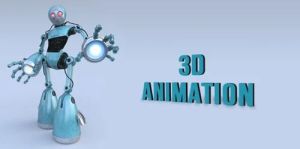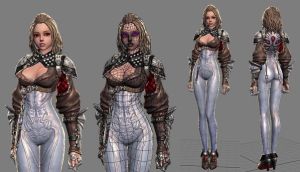In the dynamic world of marketing and visual storytelling, product animation has emerged as a powerful tool for captivating audiences. Whether you’re introducing a cutting-edge gadget, showcasing a sleek automobile, or unveiling a new software feature, mastering product animation techniques is essential. Let’s explore the journey from concept to screen and discover how to create compelling product animations that leave a lasting impact.
- Understanding the Basics
Before diving into the nitty-gritty, let’s lay the groundwork:
Storyboarding and Concept Development
- Storyboarding: Start with a storyboard—a sequence of sketches that outline the flow of your animation. It’s like creating a visual script that guides your entire process.
- Concept Development: Define your product’s unique selling points (USPs). What makes it stand out? How can you visually convey its features? Brainstorm ideas and refine your concept.
- Choosing the Right Software
Selecting the right software is crucial for effective product animation:
- 3D Modeling Software: Tools like Blender, Autodesk Maya, or Cinema 4D allow you to create realistic 3D product models. Invest time in learning these platforms—they’re your virtual sculpting tools.
- Animation Software: For animating your 3D models, explore software like Autodesk 3ds Max, Adobe After Effects, or Houdini. Each has its strengths, so choose based on your project’s requirements.
- Creating Realistic 3D Product Models
- Modeling: Pay attention to details. Whether it’s the curves of a car or the intricate components of an electronic device, accurate modeling is essential.
- Textures and Materials: Apply realistic textures—metallic finishes, glossy plastics, soft fabrics. Understand material properties and lighting interactions.
- Storytelling and Animation Techniques
- Tell a Story: Every product has a story. Is it a sleek smartphone that simplifies life? Or a futuristic kitchen appliance that transforms cooking? Weave a narrative around your product.
- Camera Movement: Experiment with camera angles and movements. Showcase your product from different perspectives—zoom in, pan out, rotate. Keep it dynamic.
- Transitions: Smooth transitions between scenes enhance the viewer’s experience. Use wipes, fades, or creative transitions to maintain flow.
- Sound and Music
- Sound Effects: Add subtle sound effects—button clicks, motor hums, door opens. These details immerse viewers in the product experience.
- Background Music: Choose music that complements your product’s vibe. Is it upbeat and energetic or calming and elegant?
- Polishing Your Animation
- Lighting: Proper lighting enhances realism. Experiment with different setups—studio lighting, natural sunlight, or moody ambiance.
- Rendering: Render your animation in high resolution. Pay attention to details like reflections, shadows, and depth of field.
- Call to Action (CTA)
- End with Purpose: Your animation should lead to action. Whether it’s a website link, a sign-up form, or a purchase button, guide viewers on what to do next.
Remember, product animation isn’t just about showcasing features—it’s about evoking emotions, telling a story, and leaving a memorable impression. So, from concept sketches to the final screen, craft your product animation with care and creativity. 🎬✨





